
New Webpage for Western Flower Thrips Identification and Management
The Walgenbach Lab is excited to post a new web resource for vegetable growers and agents who are facing problems with …


El inglés es el idioma de control de esta página. En la medida en que haya algún conflicto entre la traducción al inglés y la traducción, el inglés prevalece.
Al hacer clic en el enlace de traducción se activa un servicio de traducción gratuito para convertir la página al español. Al igual que con cualquier traducción por Internet, la conversión no es sensible al contexto y puede que no traduzca el texto en su significado original. NC State Extension no garantiza la exactitud del texto traducido. Por favor, tenga en cuenta que algunas aplicaciones y/o servicios pueden no funcionar como se espera cuando se traducen.
Inglês é o idioma de controle desta página. Na medida que haja algum conflito entre o texto original em Inglês e a tradução, o Inglês prevalece.
Ao clicar no link de tradução, um serviço gratuito de tradução será ativado para converter a página para o Português. Como em qualquer tradução pela internet, a conversão não é sensivel ao contexto e pode não ocorrer a tradução para o significado orginal. O serviço de Extensão da Carolina do Norte (NC State Extension) não garante a exatidão do texto traduzido. Por favor, observe que algumas funções ou serviços podem não funcionar como esperado após a tradução.
English is the controlling language of this page. To the extent there is any conflict between the English text and the translation, English controls.
Clicking on the translation link activates a free translation service to convert the page to Spanish. As with any Internet translation, the conversion is not context-sensitive and may not translate the text to its original meaning. NC State Extension does not guarantee the accuracy of the translated text. Please note that some applications and/or services may not function as expected when translated.
Collapse ▲
The Walgenbach Lab is excited to post a new web resource for vegetable growers and agents who are facing problems with …
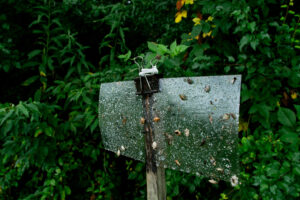
Little has changed in insect activity during the past week, with trap captures continually being low or on the …

With the exception of the brown marmorated stink bug (BMSB), trap captures of key pests declined during the past …
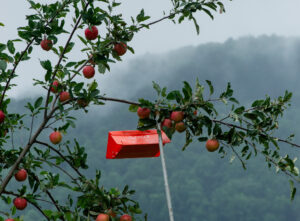
Codling moth and oriental fruit moth (OFM): With the exception of locations that have had high codling moth problems …
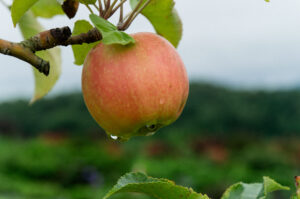
During the past week, codling moth and apple maggot numbers in traps have slightly declined, oriental fruit moth (OFM) …
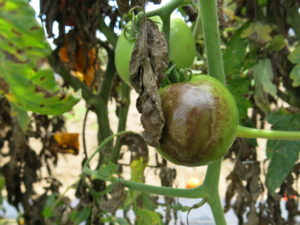
Reports of late blight on tomato around McDowell and Rutherford Counties have been circulating, but not yet confirmed. Regardless, …
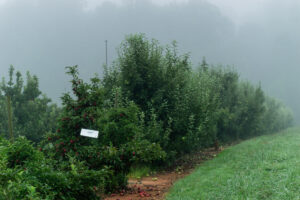
The recent cool weather has slowed insect development, and consequently not much has changed in the past week. Codling …

Cucumber downy mildew (CDM) has been confirmed on cucumber plant samples from a research plot at the Mountain Research …

As August approaches, apple insect activity continues to pick up. Although many orchards still have low pest pressure, codling …
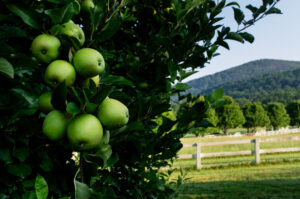
As we move into the latter part of July and into August, the diversity of potential insect pests will …

Codling moth: At 1600 cumulative degree days (DD), we are in the midst of second generation codling moth in …

Second generation codling moth is the main insect of concern this week, with first generation brown marmorated stink bug …
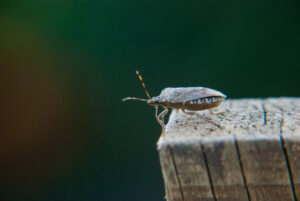
Codling Moth: In lower elevation orchards (i.e., those ranging from about 800 to 1300 ft) an insecticide targeting second …

In Henderson County and similar elevations, first generation codling moth flight is complete, and second generation flight is not …
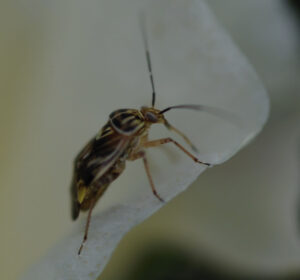
As cotton starts to square, it’s time for growers to check their fields every week for tarnished plant bugs. …
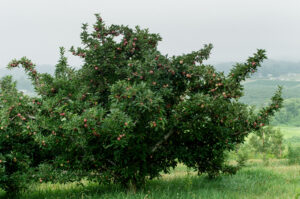
Codling Moth: Throughout the region we remain in that window where codling moth is between generations, and unless there …
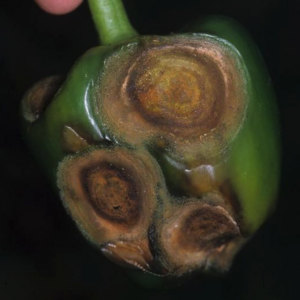
Written by Lina Quesada-Ocampo, Sarah Cochran-Murray, and Inga Meadows Reports of pepper anthracnose outbreaks caused by Colletotrichum scovillei are increasing across …
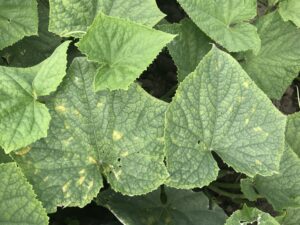
Downy mildew, caused by the oomycete Pseudoperonospora cubensis, has been identified on cucumber crops in Eastern North Carolina as …
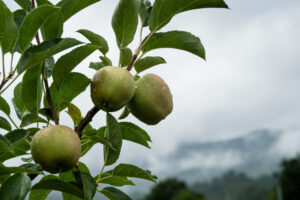
Depending on elevation, we are either approaching or in that period when most major pests exhibit a low potential …

In orchards at elevations of about 2000 ft or higher (e.g., Henderson County), this week should see the last …
This publication discusses a number of options that are available to the greenhouse manager for …

This soybean disease information factsheet describes the symptoms and disease cycle of the cowpea chlorotic …

Tobacco ringspot virus is a disease of soybean in North Carolina. This factsheet offers information …

This soybean disease factsheet covers aerial web blight, a generally minor disease of soybean in …
This factsheet discusses bacterial blight of soybean in North Carolina.
The symptoms and management of white mold, an important cause of yield loss in soybean …

This factsheet offers information on target spot in soybean production in North Carolina.

This factsheet offers information on the signs, disease cycle, and management of soybean vein necrosis …